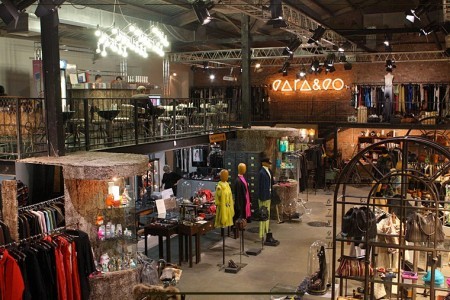It is very difficult to write now about Russia, without mentioning political situation surrounding Russia and Ukraine, but I will. I wont mention politics, because Moscow, as one of the most beautiful cities in the world deserves my love and admiration. My story of Moscow is not politically clouded.
I was born in the city of Kursk, grew up in the city of Belgorod (size of Newcastle but with pollution of 100 times more than in Newcastle). We had asbestos factory, 5 nuclear stations around, we even had Vitamin A pollution from the vitamin factory.
I have never been to Moscow until I reached the age of 14. My school organised a trip to then Leningrad via Moscow. We stopped in Moscow for 15 minutes to buy Fanta and to allow the driver to have his long awaited cigarette. I remember, that we stopped on the outskirts of the city, the night was lit by the windows of “very tall buildings” and by the huge streetlights – anything was bigger and taller, than in Belgorod. I did not see a city, I saw mirage. At the age of 15, during summer holidays, I fell in love with a very cute Moscovite. All factors combined, I promised to myself to make everything possible to get an entry to one of the Moscow Universities. To cut the story short, I did. 5 years passed, and my husband and I had to leave Moscow, since Moscow was the city closed to people from other regions (see “propiska”). Since then, I saw Moscow only in my dreams, I was desperately, hopelessly in love with the city, with my own mirage.
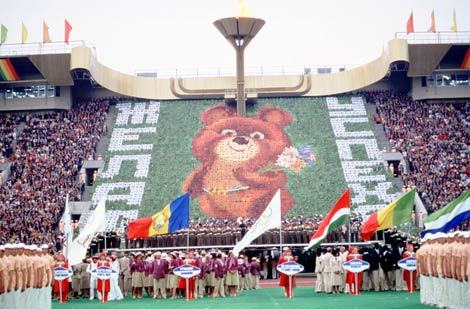
25 years passed since I came back to Moscow from my homeland Australia to start our own Cara&Co, to get a second education, and to re-start my life there in some sense. I did not recognise the city. All of the streets were renamed back from their communist names to the original pre-revolutionary names. It clashed with my geographical cretinism and, voila!, I found myself in the city, completely unknown to me. It was again, a mirage, based on my amnesia.
As Heraclites said:
“No man ever steps in the same river twice, for it’s not the same river and he’s not the same man.”
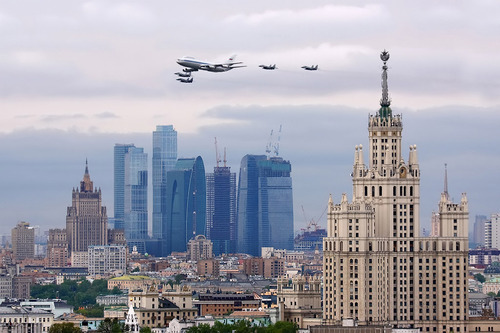
I lived in Moscow from 2006 till 2012. I can only vouch for my own experience.
I will start from few postulates:
1) Moscow never sleeps. It is a very entertaining city. Forget New York, which sleeps sometimes, – if you want to go to the nightclub in Moscow, the alcohol supply won’t stop at 1 am (makes Sydney stupidly provincial), you can go to the movies at 1am, you can sit on a beautiful veranda in the restaurant at 1am, and nobody, would be washing the floors around you, to show, that your time is over.You can have manicure and pedicure at 1am, a bit more expensive than in daytime, but you can. You can sit with your friends at 1am and leave their place at 4am, because Russians are incredibly conversational people, and they don’t need to drive their kids to netball on Saturday morning). The fitness centres close at 1am and open at 6 am. The nightclubs are abundant, and are one of the best in the world.
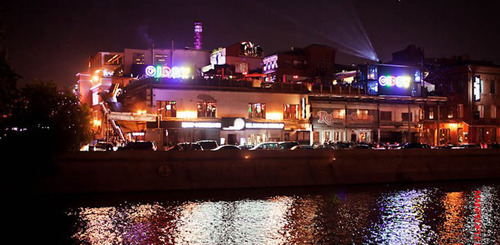
2) Moscow is a very old city – the first reference to it dates back to year 1147 when Yury Dolgorykiy met Svyatoslav Olgovich. The original Moscow Kremlin was built during the 14th century. It was reconstructed by Ivan,The Third, who in the 1480s invited architects from Italy, such as Petrus Antonius Solarius, who, in turn, designed the new Kremlin wall and its towers, and Marco Ruffo, who designed the new palace for the prince. The Kremlin walls, as they now appear, are those designed by Solarius, completed in 1495. The Kremlin’s Great Bell Tower was built in 1505–08 and augmented to its present height in 1600.
Moscow ceased to be Russia’s capital when Peter the Great moved his government to the newly built Saint Petersburg on the Baltic coast in 1712. After losing the status as capital of the empire, the population of Moscow at first decreased, from 200,000 in the 17th century to 130,000 in 1750. But after 1750, the population grew more than tenfold over the remaining duration of the Russian Empire, reaching 1.8 million by 1915.
3) Moscow is still a very Russian city. Usually, when the foreigners praise St Petersburg, as much more beautiful city, Moscow, however, IS a Russian City, The Mother of the Russian cities (“Мать городов русских”). St Petersburg was built mostly by the Italian Architects, based on Peter the Great idea to create a European city. St Petersburg, somehow, does not have the same feel of Russianness, that Moscow has. Moscow has incredible examples of the early Russian church architecture like St Basils Cathedral, where the history mentions the name of the architect, Ivan Yakovlevich Barma (Varfolomey). Legend held, that Ivan The Terrible blinded the architect so, that he could not re-create the masterpiece
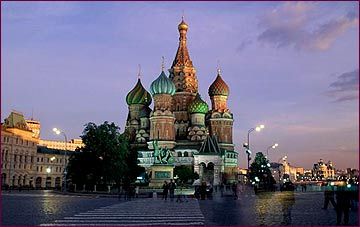
There are incredible examples of Russian/Soviet modernism architecture, evolving later as the Soviet constructivism. There is a very distinct parallel in those styles with Art Nouveau, and Art Deco in Western Europe and USA. At the same time there is a distinctly Russian /Soviet difference.
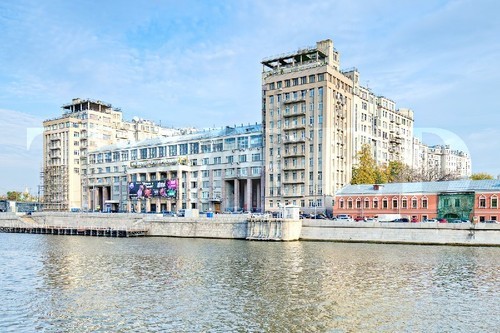
The finest examples of this are of Yaroslav Railway station (by Fyodor Schectel), Church of Saint Martha (Aleksey Schusev), Moscow Metro (first stations like Mayakovskaya and Belorusskaya were based on designs of Alexander Deineka), The Government House, aka “Dom na Naberzhnoy” by Architect B. Iofan, TSUM by architect Roman Clein.
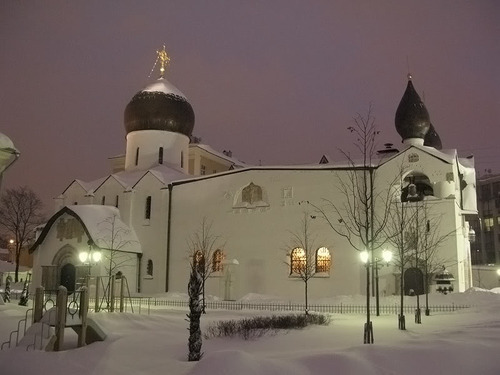
The architecture course in France is taught and based on the early examples of Soviet Architecture, with the best names in mind like Vladimir Tatlin, Nikolai Nikitin, Roman Klein, Aleksey Schusev.
4) Moscow is a fashion savvy city. Russian women have, as I always put it mildly, so called “garbage bin syndrome”. They would rather be seen dead than without proper makeup and proper attire, even when they take the garbage out. Nothing like Australian celebrities, wearing approaching their death sentence garments, caught by paparazzi, when picking up the morning newspaper.) Moscow shops have all brands imaginable on the planet. Moscow does not have giant shopping malls, the ones I was writing about before, and invading Sydney, but it has very good shops and boutiques and department stores.
GUM:
William Craft Brumfield described the GUM building as “a tribute both to Shukhov’s design and to the technical proficiency of Russian Architecture toward the end of the 19th century”.
The glass-roofed design made the building unique at the time of construction. The facade is divided into several horizontal tiers, lined with red Finnish granite, Tarusa marble, and limestone. Each arcade is on three levels, linked by walkways of reinforced concrete.
It is still open nowadays, and is a popular tourist destination for those visiting Moscow. Many of the stores feature luxury brands from all over the world; locals refer to these as the “exhibitions of prices”, the joke being that no one could afford actually to buy any of the items displayed.
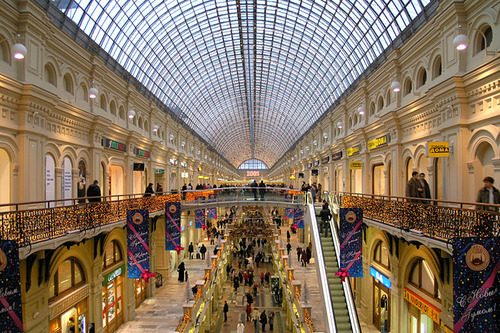
TSUM:
TsUM is one of the most fashionable and trendy places in the city, and the largest fashion department store in Eastern Europe. It carries more than 1000 brands of fashionable apparel, perfumery, jewellery, as well as “TsUM Globus Gourmet” gastronome, a fusion restaurant, a cigar room, a café, and champagne-bar “Veuve Clicquot”.
TsUM new seasonal collections appearance is supported by sound advertising campaigns with world-famous fashion stars, Milla Jovovich, Naomi Campbell, Natalia Vodianova, Malgosa Bella, and Cindy Crawford.
The world-renowned designers participate in TsUM events, introducing to the guests and clients of TsUM their newest collections in person.
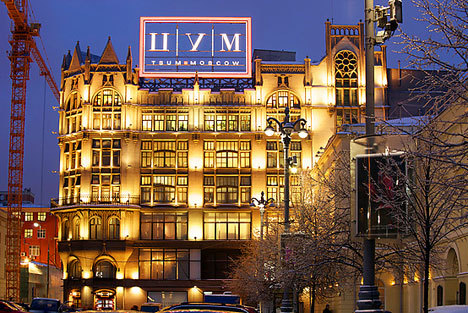
Tsvetnoy Central Market is a mall located in a newly built 5-storey building near the Tsvetnoy Bulvar metro station. It’s one of the trendiest places in the city, a real hipster paradise. The more you go upstairs, the more expensive and extravagant the boutiques get, and there is a food market on top.
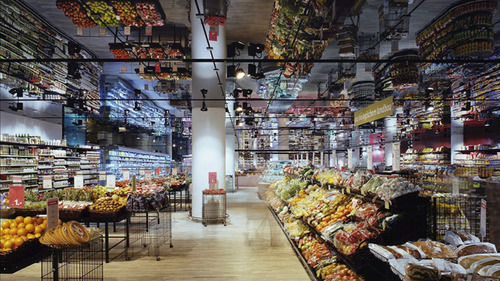
Stoleshnikov Pereylok, Tretyakovsky Proezd, Petrovka are the areas where the best concept stores are located, Podium, Kuznetsky Most 20, 3.14 (Pi), Luntz, Leform.
Below are Miroslava Duma – a socialite, famous blogger, and aspiring designer(on the left) and Vika Gadzinskaya, the most famous Russian designer. Her creations are in Colette, The Other Stories(H&M) and many other famous stores in the world.
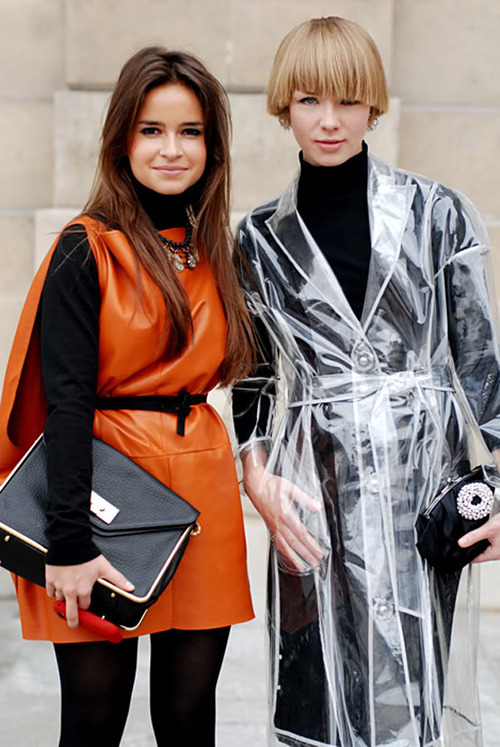
5) Moscow is a very cultured city
With 50 museums, I mean museums-museums (not just the History of Buttons Museum)), with around 100 art galleries, with 80 State Universities in Moscow alone, with so many theatres and world renowned directors like Kirill Serebrennikov, Russia is still an epicentre of all things cultural. My favourite place, when I lived there, was the Catholic Church (Metro Belorusskaya) where Sunday concerts of different varieties, all of incredible finesse and perfection were held, and where the tickets would cost you only 50 roubles (1.6 AUD). Our Australian Ambassador gave away to me this well hidden secret. My Sundays became very memorable.
I must admit at the same time, there is a Vodka Museum in Moscow…)
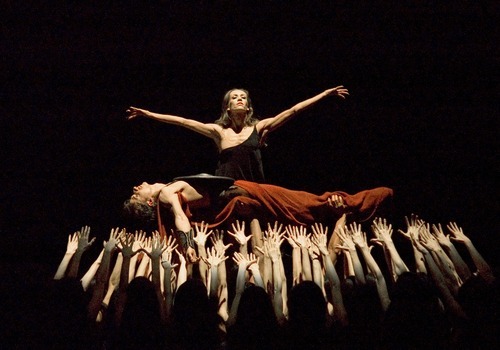
6) Moscow is a very corrupt and very bureaucratic city. I have had my business in Moscow. Russia is proudly ahead only of Nigeria and Bangladesh in the corruption ladder, depending on who is making the order.
One has to oil the wheels every time, when one wants anything to happen. That’s why so many Western companies in Russia have an army of brokers and middle people to handle all of the awkward situations. To start and register a company in Australia takes you one week, to do the same in Russia takes about 6 months. Go figure.
I left Moscow in 2012 to start my business in Sydney. I left a very successful business there and the rest is history. I still miss Moscow, not as a mirage anymore, but as a city, where I forged many friendships, the city where I lived a non-stop social life, and where the sparkles were not only in champagne, but in the pure atmosphere of the city. I miss Moscow, as one misses a very good friend, maybe a bit unstable and manic, but a friend, nevertheless.
